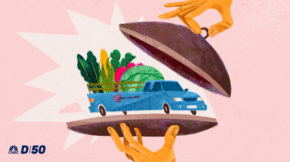What is an Heirloom?
[shareaholic app="share_buttons" id="27983777"]Heirloom? Hybrid? Genetically modified?
With the current state of the American Produce Industry, it’s no wonder people are confused.
It seems like the only label that is understood and accepted is the ever important organic. However, organic comes with its own set of rules and regulations that don’t necessarily overlap.
So, without further ado, let’s get into these labels and understand them better so that you can make an informed decision when you’re at the farmer’s market or shopping on GrubMarket.com.
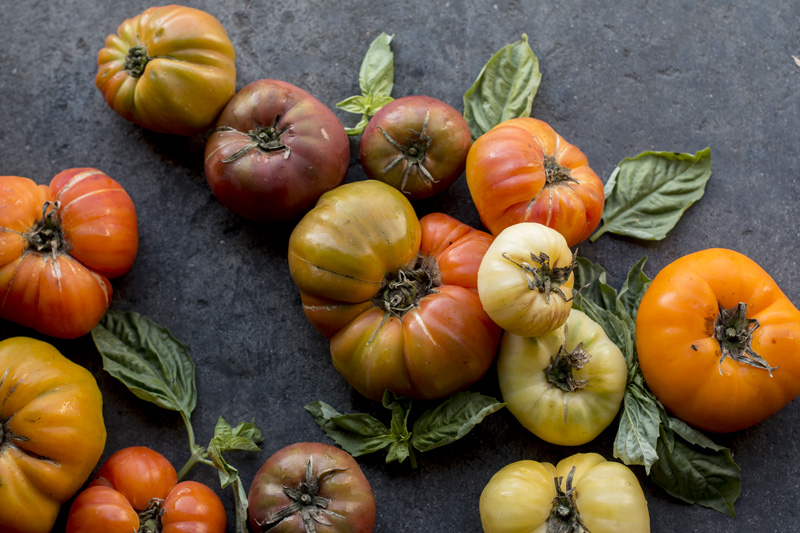
PLANT DIVERSITY
The first thing we need to understand is the importance of plant diversity. If you’ve been reading GrubMarket blogs for a while, or are passionate about agriculture, you may already be familiar with this term. For those who aren’t, plant diversity is probably the most important agricultural issue you haven’t heard of.
Diversity in the plant world is as important as diversity in the human world. There’s a reason we don’t marry our cousins… Why? Well besides the obvious ick-factor, we now know that when we combine similar genetics over and over and over for generations we get an individual who usually comes with a wide range of deficiencies, mutations, and weakened immunity and what scientists call ‘biological fitness’, meaning they just won’t be able to survive or reproduce.
The same thing is true for the plant world. When we keep mating the same familial varieties of plants with each other over and over, we lose diversity! Maybe that one strand was chosen because it was the fattest and juiciest tomato, but without diversity, it’s going to slowly become weak and susceptible to plant diseases. In fact, if you go back in time you may remember the potato famine when an entire country’s potatoes were wiped out by one disease resulting in widespread hunger across Ireland.
So yeah, plant diversity is important.
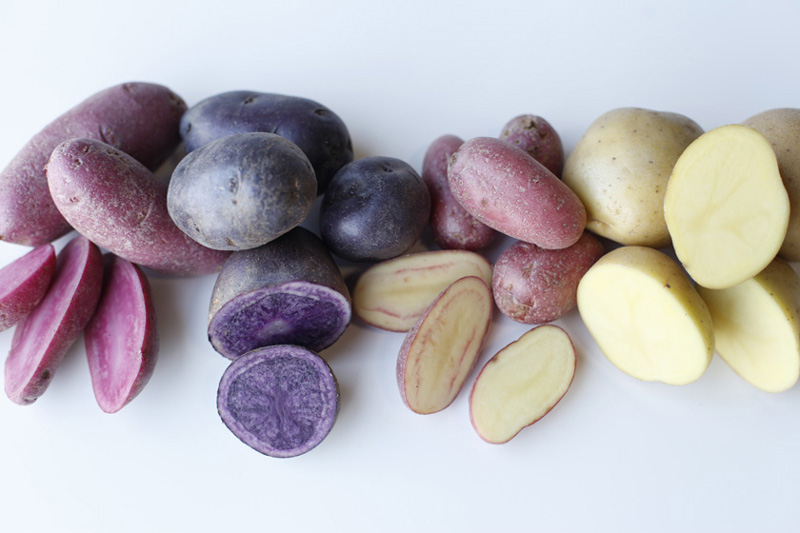
HEIRLOOM
Think of the world heirloom itself. You may have heard it related to a family’s piece of jewelry or furniture that has been passed down from previous generations. Well, you’re not too far off! Heirlooms are varieties with long histories. At the end of a season, growers take the naturally given seeds of their most vibrant plants and save them to be sowed the following season.
Heirlooms actually help increase and maintain plant diversity, as every grower or farmer chooses that naturally fallen seeds of the plants that did best in their own unique climate which over time creates more and more diversity. In the early 1900’s when the population was at its peak before the rise of corporate mass farming, we had the greatest plant diversity. Before WWII heirloom produce was just… produce! The old-school way was the only way, and there was no need for such a classification. Today we use the term heirloom to any crop that can trace it’s ancestry back without cross-breeding to a pure ancestor from before 1946.

HYBRID
After WWII, hybrids became more popular in order to develop varieties with a distinct commercial appeal like uniform size and color. By carefully choosing parent plants they fast-track evolution to only promote the desired genes. Although this is done naturally, it led to the standardization of dominant traits. From 1940 to 1983, we lost over 80% of our heirloom varieties.
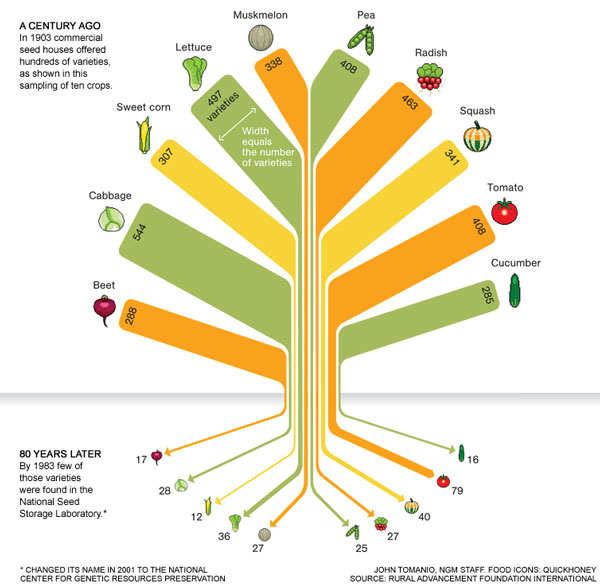
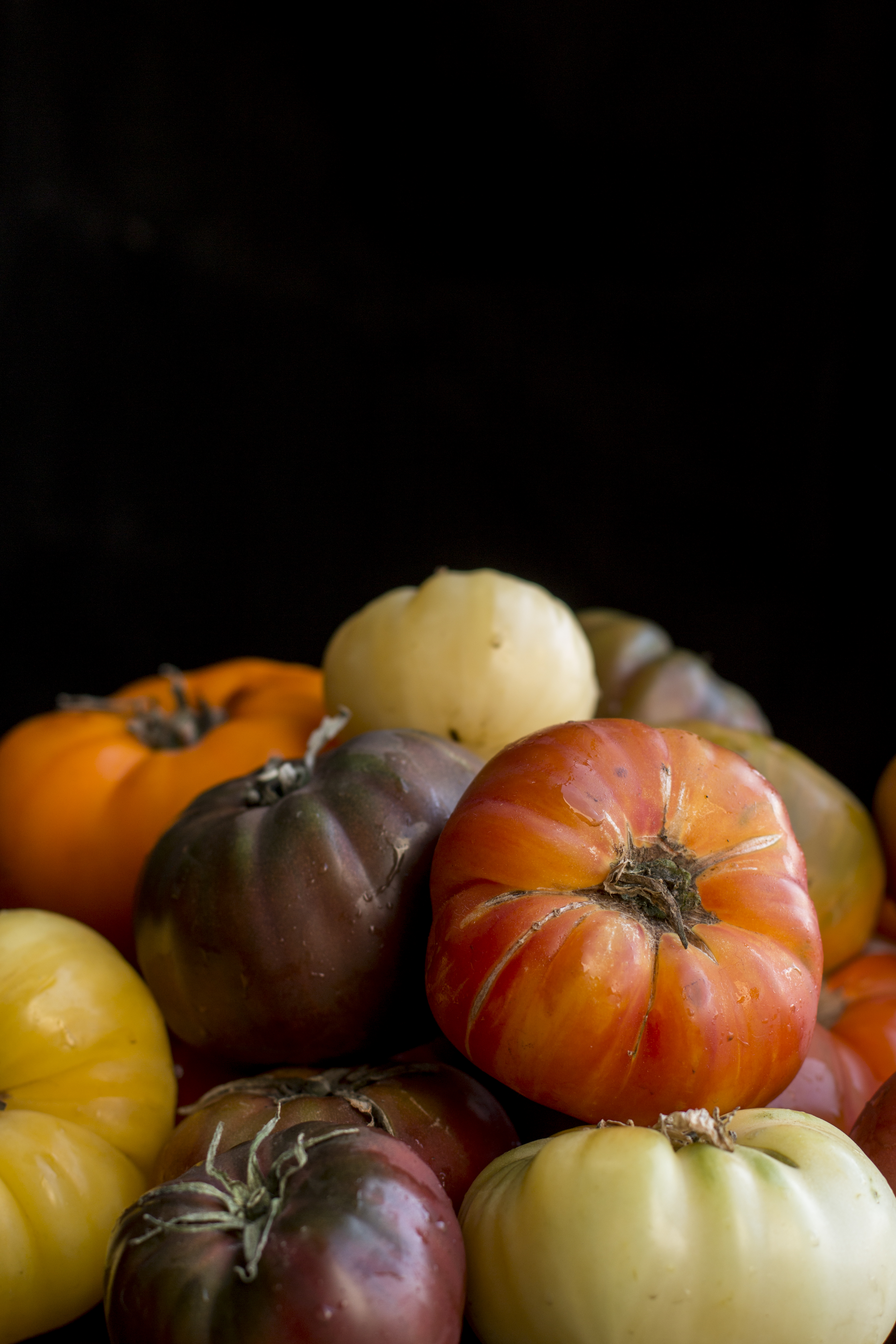 GENETICALLY MODIFIED
GENETICALLY MODIFIED
With the advance of modern science, geneticists found a way to further select characteristics for plants with direct DNA genetic modification. While hybrids were a natural selection of traits, genetic modification instead slices and rearranges the plant’s DNA to give it entirely new traits. These traits are often completely unnatural. Most commonly these are extra-long shelf-life, extra nutrients, resistance to chemicals, and the ability to shine and glow. The commercial industries keep these seeds private, not available to home gardeners, adding to the suspicion around them. Today, over 70% of crops in the United States are genetically modified. That percentage was much higher only a decade ago, but with public awareness demanding a more natural approach, it is declining.
The really important problem is what this does to biodiversity. Designing plant genes is not cheap. Much much more expensive than good old-fashioned seeds. The result is that only a few carefully developed and protected varieties dominate the national market. This leaves us very vulnerable to crop failure and famine if a rare disease was to sweep the country.
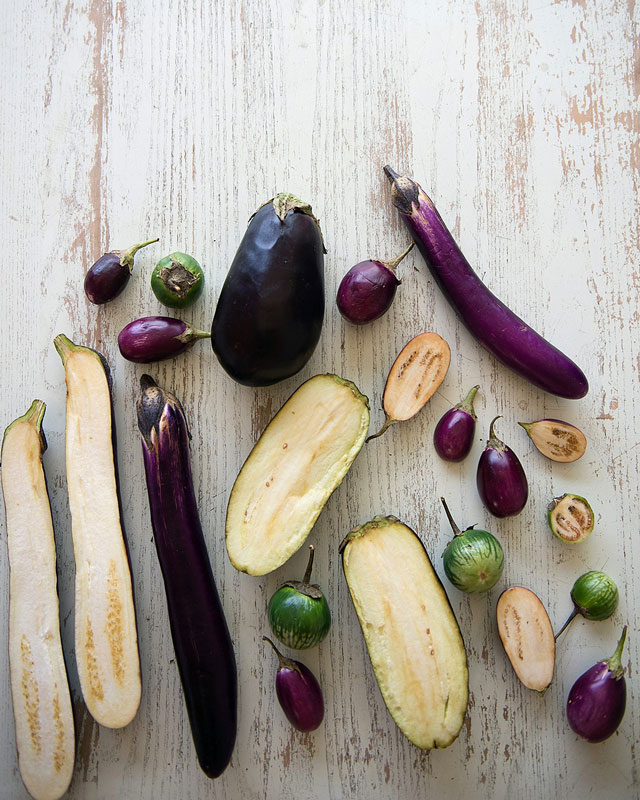
SO, ARE HEIRLOOMS BETTER?
Well, it depends. Hybrids aren’t bad for you, especially if they are also certified organic. Genetically modified, by definition cannot be organic, and science that recommends to avoid them. Not to mention the damage GMOs cause to our diversity of flavor, color, and textures lost over time. So, with sustainability in mind… yes! Heirlooms are definitely the way to go if you can.


